How to germinate an orange seed at home and get a fruiting tree?
Some have already tried to sprout an orange seed at home, others are just thinking about it. Before trying to grow an exotic plant, you should find out how suitable the growing conditions are. Still, the orange is a tropical crop that needs plenty of light and proper care. In addition, one cannot expect that a tree grown from a stone will soon begin to bear fruit. Even under ideal conditions, this event can occur no earlier than in 7-8 years.
Where to begin?
Pits of any tropical fruit can grow into apartments. But keeping exotic things in such conditions can be problematic. In the case of the orange, many have had successful experiences. The tree puts up with the lack of sunlight, in extreme cases, additional lighting can be organized for it.
It is not necessary to wait many years for the fruit to return. If you can get a cutting of a fruiting orange, you can be vaccinated and grow exotic fruits at home much earlier. However, even a tree without fruits decorates the interior very much. In addition, the leaves of the citrus plant release essential oils and purify the indoor air.
To get seeds for planting, you need a ripe and sweet fruit without signs of spoilage. You won't be able to recognize the variety of purchased oranges, so when choosing, you should focus on the taste of the fruit.
It is better to plant several seeds at once for germination, in the future it will be possible to select the required number of seedlings, leaving the strongest ones.
Preparing the seeds
After the fruits are eaten, you need to inspect the seeds and choose the fullest and largest of them for planting. The bones are freed from pulp residues and washed in running water. You cannot dry them out - the seed coat becomes hard after drying, which greatly complicates the germination process.
To help the seeds hatch faster, they can be soaked in a stimulating solution. For this, drugs are used:
- "Epin-extra";
- Energen;
- "Zircon".
The bones are kept in solution for 8 to 12 hours. After that, they are completely ready for planting.
Soil selection
It is best to germinate seeds in an earthen container: the walls of such dishes allow air to pass through well and evaporate excess moisture.
For planting, use purchased universal soil. The soil for seedlings should be nutritious and loose.
If you wish, you can compose the soil yourself. For this you will need:
- 2 parts of sod land;
- 1 part peat;
- 1 part sand.
After mixing the components, the soil must be steamed in the oven at a temperature of 100 ° C for 20 minutes so that all pathogenic microflora and pest larvae die. Purchased soil does not need processing.
Planting process
A drainage layer of expanded clay must be placed on the bottom of the container. 2 days before planting, the soil is slightly moistened.
- If planting is done in a common container, grooves are cut in the ground.
- When using pots, several holes are made, located at a distance of 4–5 cm from each other.
You need to plant bones to a depth of 2.5 cm.
After planting, the soil is sprayed from a sprayer and covered with foil to create a special microclimate. Until the emergence of shoots, it is recommended to keep the container in a warm place. Condensation is shaken off the film every day and the seedlings are ventilated for a short time. At a temperature of + 22–24 ° C, seedlings will appear in 22–28 days. The soil in the pots should not dry out.
Seedling care
As soon as the height of the seedlings reaches 2–2.5 cm, they are rejected. Weak plants are disposed of, and strong specimens are planted in separate pots with a diameter of 8 cm. Drainage is arranged at the bottom of the containers, and then special soil for citrus crops is poured into them. Seedlings are transplanted carefully, trying not to damage the root system.
Young oranges are regularly watered with moderate amounts of water. They will also like the spraying procedure.
Plants are transplanted into larger pots after 6 true leaves have formed on them. This time and in the future, it is better to transplant by the transshipment method while preserving the earthen ball.
The orange tree needs to be shaped as it grows. This is done by pinching the shoots. The procedure not only gives the plant a neat appearance, but also brings fruiting closer. The orange begins to bloom and form ovaries on the shoots of the fifth order.
Each branch of the tree will need to be pinched after it reaches a length of 15 cm - this technique stimulates the growth of new lateral shoots.
As a result of the formation in 5 years, a beautiful tree with a dense spherical crown will turn out. When the plant first blooms, it will be necessary to normalize the number of ovaries.
- For the first time, 2-3 fruits are left on the tree to develop.
- The second time - 7-8.
- In the future, the orange will be able to grow on itself no more than 10 fruits at a time.
Conditions of detention
In order for an orange tree grown at home to be highly decorative and to bear fruit, it is necessary to create optimal conditions for this. In an environment that is not suitable for him, the plant will begin to wither and ache. An exotic pet will love the following options:
- Lighting. The pot with the plant should be placed in a well-lit place, but so that the scorching rays do not burn the orange leaves. For example, you can put it on the floor, slightly away from the south window. With a lack of lighting, the fruits will not be able to fully ripen or will acquire bitterness.
- Temperature. Orange grows well at temperatures of + 18–20 ° C. Ovary may not form due to too high temperature. In addition, in the heat, the tree becomes vulnerable to pest attacks. In a room where the temperature is below the recommended values, the orange stops growing. The easiest way to regulate the temperature in the room is with an air conditioner. It is necessary to ensure that currents of cool air do not fall directly on the plant.
- Watering and humidity. Water the orange with settled water at room temperature. The roots rot easily from excess moisture, especially in winter. The plant tolerates short-term drought easily. In the summer, it is recommended to spray the tree daily. After watering, you need to loosen.
- Top dressing. In indoor conditions, an orange needs regular fertilization. Top dressing should be applied during the period of active growth - from March to October. You should purchase special fertilizers for citrus crops. From folk remedies, you can use dormant tea - the remains of the tea leaves are dripped in the upper layer of the soil.
The tree is regularly inspected to identify early signs of possible problems.
- To prevent insect damage, an orange is treated with any biological fungicide every six months.
- To prevent root rot, the plant is periodically watered instead of water with a weak solution of potassium permanganate.
- Spraying not only helps to maintain the necessary humidity, but also removes dust from the leaves.
Why can an orange die?
If you do not follow agricultural practices, the orange can begin to shed its leaves and buds. In some cases, care errors can even lead to the death of the citrus tree.
Here are the most common reasons why an orange can die:
- prolonged drought;
- excessive fertilization;
- waterlogging in winter;
- chronic lack of lighting;
- too large pot (soil sour).
The plant will also not like a sharp change in conditions of detention (it happens when transferred from an open balcony to a room or vice versa), a draft, excessive dry air.
For home gardening enthusiasts, growing an orange from a seed can be an interesting experiment that brings a lot of positive emotions. With proper care, the plant will certainly delight the eye with juicy greens, and after a while it will give exotic fruits.
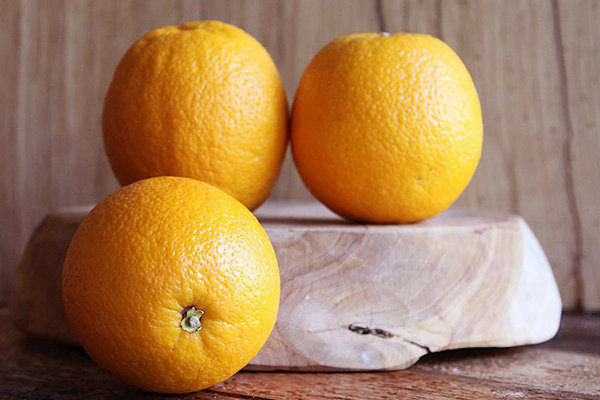
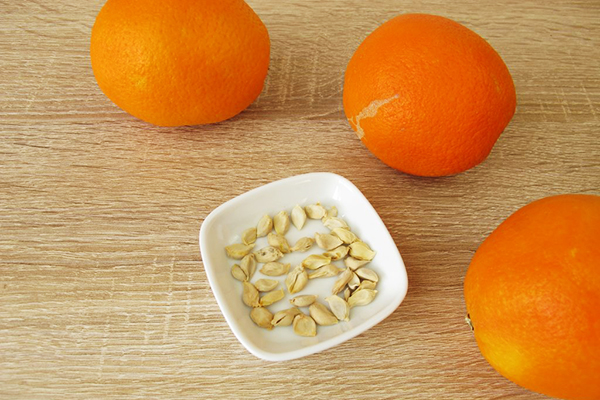

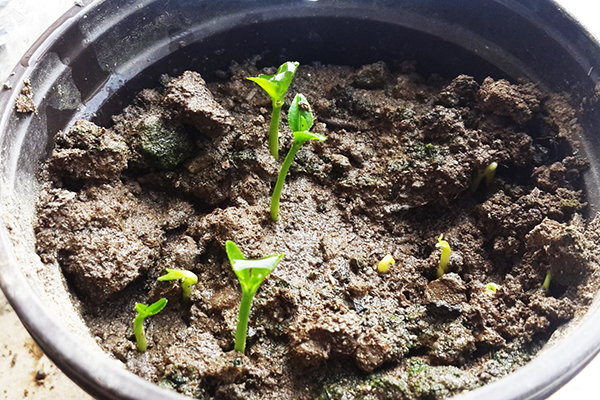
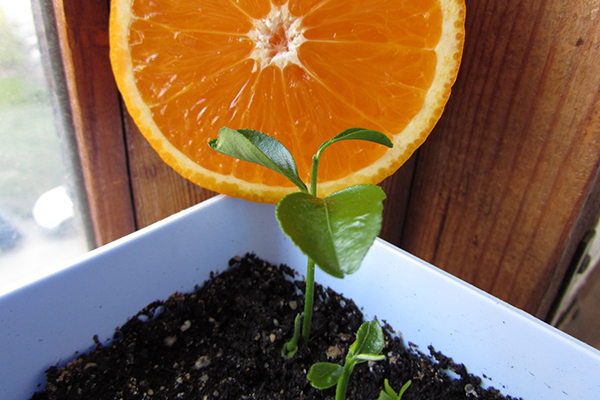
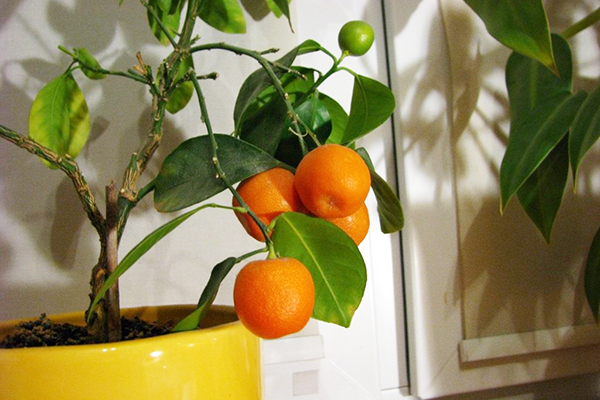
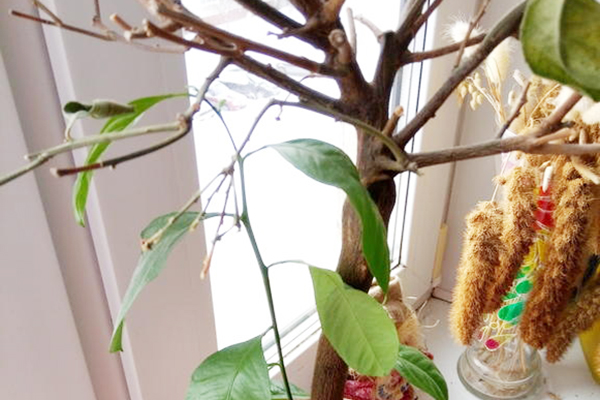

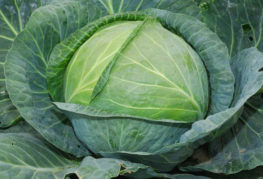
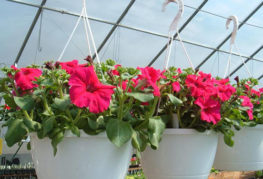
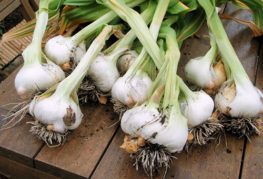

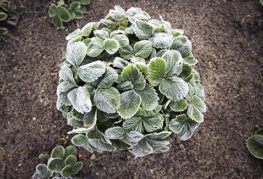
and will be published shortly.